9 Tips for Sleep Training a Child With Autism

This post may contain affiliate links; please see our terms of use for details.
- Sleeping training a child with autism may take patience, but it will help your child to sleep better at night.
- Sleep problems are a common difference between neurotypical children and children with autism, but it shouldn’t deter you from sleep training.
- Children diagnosed with Autism Spectrum Disorder are more likely to have sleep difficulties than other children their age.
Sleep training is not a walk in the park for anyone, but if you’re the parent of a child with special needs, you understand there may be added difficulty.
Children with Autism Spectrum Disorder (ASD) are more likely to experience poor sleep than neurotypical children, which also impacts the families affected because we are all in this together.
How much sleep your child gets at night can dictate how the rest of the day will go. As parents, we know we need restful sleep to continue with our day, and it’s no different for our kids. We all know an overly tired child is not good news, nor is an exhausted mom or dad.
Sleep training and autism may not seem like they go hand in hand, but with patience, you can promote sleep and a comfortable sleep environment for your child in less time than you may think.
Sleep Training and Autism: What Parents Should Know

Despite potential challenges, you can sleep train a child with autism. Everyone knows how important sleep is, so sleep training your autistic child ensures the entire family gets good quality sleep.
Autism behavior problems can result in sleep disorders, which can become a nightly struggle for everyone involved. Your child’s sleep shouldn’t be a struggle, but sometimes it’s a battle we face as parents.
Common challenges many parents find when sleep training a child with autism are:
- Children with ASD may have difficulties falling asleep because they have trouble learning typical sleep associations and are likely to experience missed signals.
- Autistic children don’t always respond the same way to social cues that help regulate circadian rhythms.
- An autistic child is more likely to have certain medical conditions like sleep apnea or acid reflux, which causes difficulty falling asleep.
- Older children with autism may have irregular sleeping and waking patterns leading to insufficient sleep, which can affect their growth.
- Autistic children have more difficulty staying asleep and getting a good night’s sleep.
A 2011 study published in the Journal of Child and Adolescent Psychopharmacology11. Buckley, A. W., Sassower, K., Rodriguez, A. J., Jennison, K., Wingert, K., Buckley, J., Thurm, A., Sato, S., & Swedo, S.. An Open Label Trial of Donepezil for Enhancement of Rapid Eye Movement Sleep in Young Children with Autism Spectrum Disorders. Journal of Child and Adolescent Psychopharmacology. 2011;21(4), 353–357. https://doi.org/10.1089/cap.2010.0121 showed that autistic children spent significantly less time in the rapid eye movement (REM) stage of sleep, which is most important for developing the brain.
REM sleep also plays a vital role in dreaming, emotional processing, and memory consolidation.
Finally, sleep experts agree that children who engage in physical activity fall asleep easier and stay asleep. However, it’s always best not to engage in high-intensity activities before bed, like jumping on the bed or running around the house.
A 2021 article titled Effects of Daily Physical Activity on Sleep Characteristics in Children with Autism Spectrum Disorder22. Nguyen, T. D., Guinot, M., & Bricout, V.-A.. Effect of Daily Physical Activity on Sleep Characteristics in Children with Autism Spectrum Disorder. Sports. 2021;9(7), 91. https://doi.org/10.3390/sports9070091 reported a link between sleep problems in autistic children and the lack of physical activity in a child with ASD.
Tips on How to Successfully Sleep Train a Child With Autism Spectrum Disorder
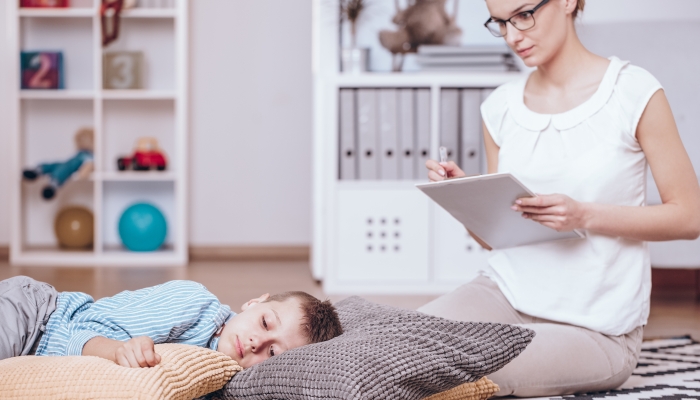
Here are a few tips to help you on your journey as you sleep train your child. Remember, it’s a marathon, not a sprint.
1. Eliminate Unnecessary Noises
Many children with autism become overstimulated by excessive noise and can have sleep issues. When it’s time for bed, try to block out any household noises that could make it difficult for your child to fall asleep.
After your child has fallen asleep, ensure no sudden or loud noises could wake them up.
2. Use a Weighted Blanket to Help Your Child Fall Asleep
A weighted blanket won’t necessarily decrease the time spent falling asleep or cure your child’s sleep problems, but it will likely help soothe your child before bed and make the process more enjoyable.
I recommend the Topcee Weighted Blanket for Kids because it is made with breathable fabric, has several pattern choices, and has three weight options. When choosing a blanket, picking one 8-12% of the child’s weight is best.
- 【Sense of Security】Our weighted blanket helps to bring the sense of security, then your can fall asleep quicker and deeper, so as to help them improve their attention in the daytime.
- 【Even Distribution of glass beads】To reach the maximum comfort, our weighted blankets are made from 100% micro fiber and filled with environmental and non-toxic glass beads. As we all know that for weighted blankets, one of the biggest problem is that the weight easy to get uneven due to the beads keep to moving in the blanket, fortunately, our weighted blankets have successfully avoided this issue, the glass beads of our weighted blanket are evenly distributed in the blanket.
- 【Size Selection】In order to get your premium blanket, pls choose suitable blanket weight based on the body’s weight, 8%-12% of body’s weight is the premium choice. Not only helps to avoid you kick off the blanket during sleeping, but can fall asleep quicker and deeper.
- 【Various Design】You can observed that our weighted blankets designed with lovely little animals, such colorful design brings vibrancy and energy to the bedroom, it help to motivate curiosity to the environment and improve the cognitive awareness. Besides, the image of lovely animals stimulate imagination, which brings sweet dream to them!
3. Reduce Light Exposure to Avoid Poor Sleep
You may want to use blackout curtains on your child’s bedroom windows to reduce outdoor light. Bringing curtains on family vacations is also good, especially if you’ve developed ideal sleep patterns.
Keeping your child’s room dark also helps limit visual stimulation and will help improve sleep. If your child has night terrors, you may consider putting a nightlight in their room.
4. Develop a Regular Bedtime Routine
A positive bedtime routine can lead to healthy sleep habits and better sleep. In addition, instilling your child’s bedtime routine at an early age can help establish an excellent sleep routine.
Examples of bedtime routines include:
- Taking a shower/bath
- Changing into pajamas
- Brushing teeth
- Going to the bathroom
- Washing hands
- Reading a bedtime story
- Going to sleep
Your child may benefit from visual support, so putting up a schedule of their bedtime routine can help with sleep training. Visual cues also help family members or caregivers understand the typical routine.
Also, remember growing children will likely have a later bedtime, but getting sufficient sleep is still essential.
5. Avoid Television Before Bed
It’s a good idea to avoid watching tv and limit your child’s exposure to screens before bed. The American Academy of Child & Adolescent Psychiatry has a general guideline of turning the tv off at least 30-60 minutes before bed33. Aacap. Screen Time and Children. The American Academy of Child and Adolescent Psychiatry. 2020. https://www.aacap.org/AACAP/Families_and_Youth/Facts_for_Families/FFF-Guide/Children-And-Watching-TV-054.aspx.
6. Sleep Train in Their Room
One of the best things you can do is sleep train your child in their own bed; instead of your room. So many children love sleeping with their parents, but it doesn’t always teach them to fall asleep in their room.
Autistic children typically need the same things to go back to sleep, so keeping them in their room helps them identify it as a place to sleep.
7. Sleep Train With the Right Bed
Depending on your child’s needs, you may want to consider a special needs bed that can help them transition to sleeping independently. Some beds, like the ZPod, offer soothing sensory effects built into the bed. Others, like the Safety Sleeper, are designed to prevent roaming at night and have features to prevent any arms or legs from slipping between the bed frame and the mattress.
Check out our list of the best special needs beds (including tips on how to pay for them). We also have this handy bed feature chart you can use to see which features each bed has so you can find the right bed for your child.
8. Time it Right to Avoid Sleep Problems
It’s always best to do sleep training when no significant life changes occur. For example, you don’t want to sleep train before a big move or while they are recovering from an illness.
Remember, good sleep doesn’t happen overnight, so don’t force it at an inconvenient time for you and your family. If your child gives facial expressions or gestures that make you think they are struggling with the transition, it’s likely a good time to step back.
9. Be Patient
Finally, remember to be patient with your child and understand it usually takes children a few weeks to get into the habit of a good sleep routine. It’s always a good idea to start small and change one thing at a time so you don’t overwhelm your child.
Which Sleep Training Methods Work Best for Children With Autism?

There is no shortage of sleep training methods, but it’s always best to find one that fits your child’s needs. Autistic children are more likely to experience specific sleep behavior, which prevents them from the ability to stay asleep. However, that’s where sleep training comes in handy.
Remember, if one sleep training method doesn’t work for you, you can switch to a different one. There’s no rule on how many sleep training methods you try. (I promise!)
The best sleep training methods for children with autism, especially if you are trying to avoid crying, are:
- The Chair Method: A gentle and gradual approach to sleep training where you move farther from your child each night.
- The Fading Method: A sleep training method that allows your child to learn how to fall asleep with you while you alter their bedtime to find the ideal time.
- The Pick Up, Put Down Method: Where you aim to get your child to fall asleep independently, but they still know you are there.
If your child has difficulty with sleep training, consider giving them a “bedtime pass,” which allows them to make an additional request after bedtime. Examples of a bedtime pass include an extra book, another drink of water, or one last hug.
What Should Be Avoided When Sleep Training a Child With Autism?
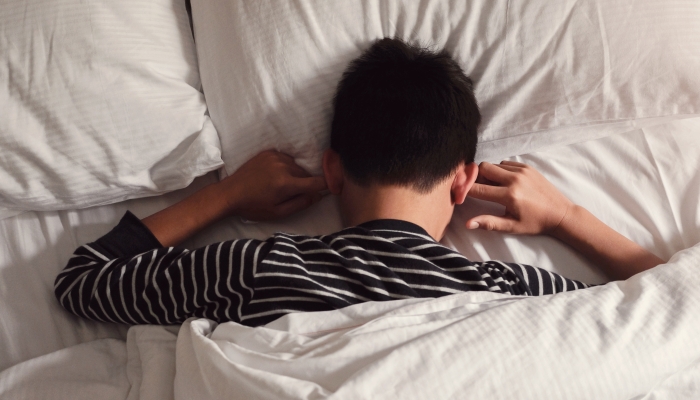
One of the biggest tips I can give about sleep training for a child with autism is patience because rushing the process can lead to additional sleep problems.
If your child needs help to fall asleep, it’s wise not to put too many “crutches” in place that you don’t want to keep up in the long run.
Here are a few other things you should avoid when sleep training your child with autism:
- Avoid sensory overload, making it difficult for your child to fall asleep.
- Don’t let your child take long naps that could interfere with their bedtime routine.
- One difficult night shouldn’t deter you from continuing your sleep training journey.
- Avoid missing bedtime cues, letting you know your child is ready to sleep.
- Always be consistent with your plan to avoid disruptions in your child’s bedtime routine.
It’s always best to speak with a medical professional with any concerns about your child, especially if you feel they aren’t getting adequate sleep.
References
- Buckley, A. W., Sassower, K., Rodriguez, A. J., Jennison, K., Wingert, K., Buckley, J., Thurm, A., Sato, S., & Swedo, S. (2011). An Open Label Trial of Donepezil for Enhancement of Rapid Eye Movement Sleep in Young Children with Autism Spectrum Disorders. Journal of Child and Adolescent Psychopharmacology, 21(4), 353–357. https://doi.org/10.1089/cap.2010.0121
- Nguyen, T. D., Guinot, M., & Bricout, V.-A. (2021). Effect of Daily Physical Activity on Sleep Characteristics in Children with Autism Spectrum Disorder. Sports, 9(7), 91. https://doi.org/10.3390/sports9070091
- Aacap. (2020, February). Screen Time and Children. The American Academy of Child and Adolescent Psychiatry. https://www.aacap.org/AACAP/Families_and_Youth/Facts_for_Families/FFF-Guide/Children-And-Watching-TV-054.aspx
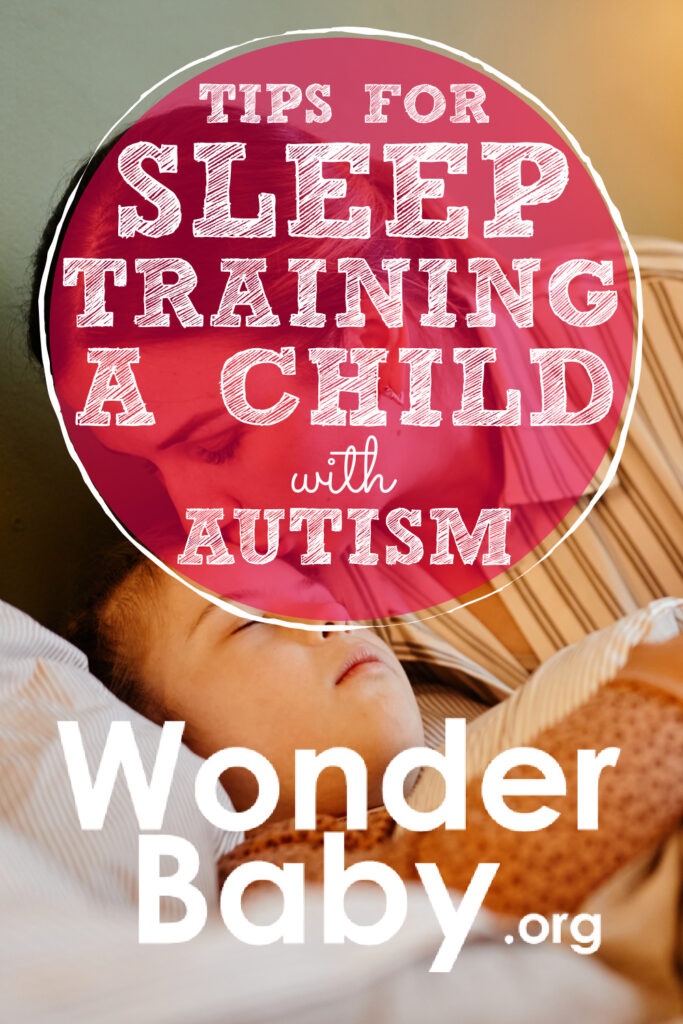
Related Posts
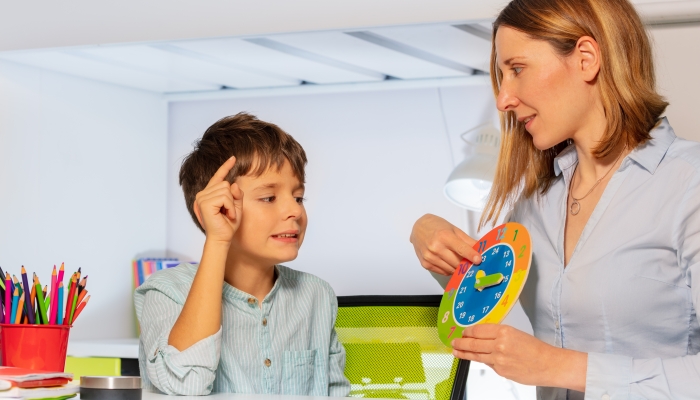
Autism
Developing Time Management Skills in Children with Autism: 7 Tips
Learn how you can use structure and visual aids to help your child with autism learn time management skills.
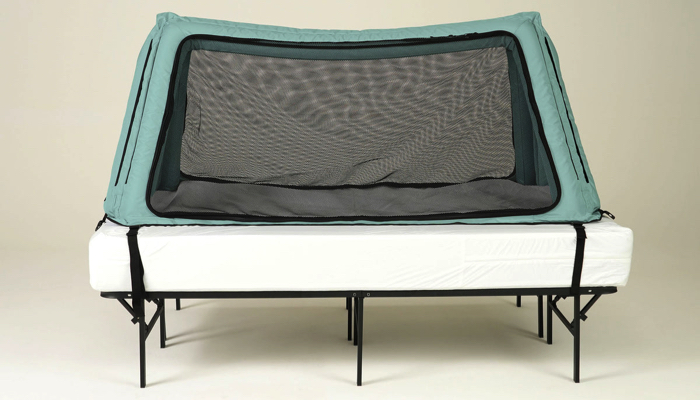
Sleep, Special Needs
Safe Place Bedding Travel Bed Review
Traveling with a special needs child can be stressful! Having a safe, durable, and easy to use travel bed can make traveling so much easier!
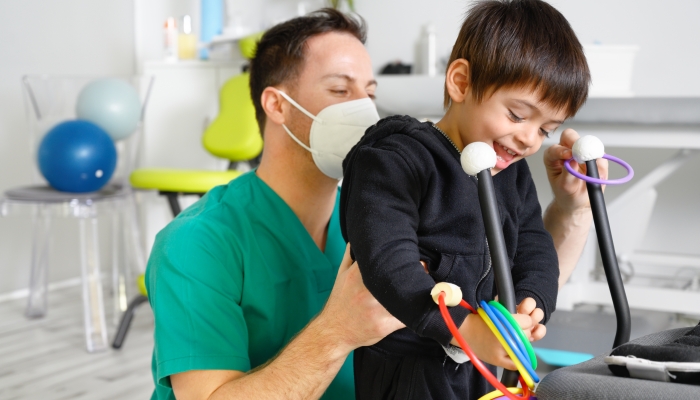
Autism
Occupational Therapy for Children with Autism: How It Can Make a Difference
Children with autism face challenges in many different areas. Occupational therapy can help children address these difficulties while having fun!
